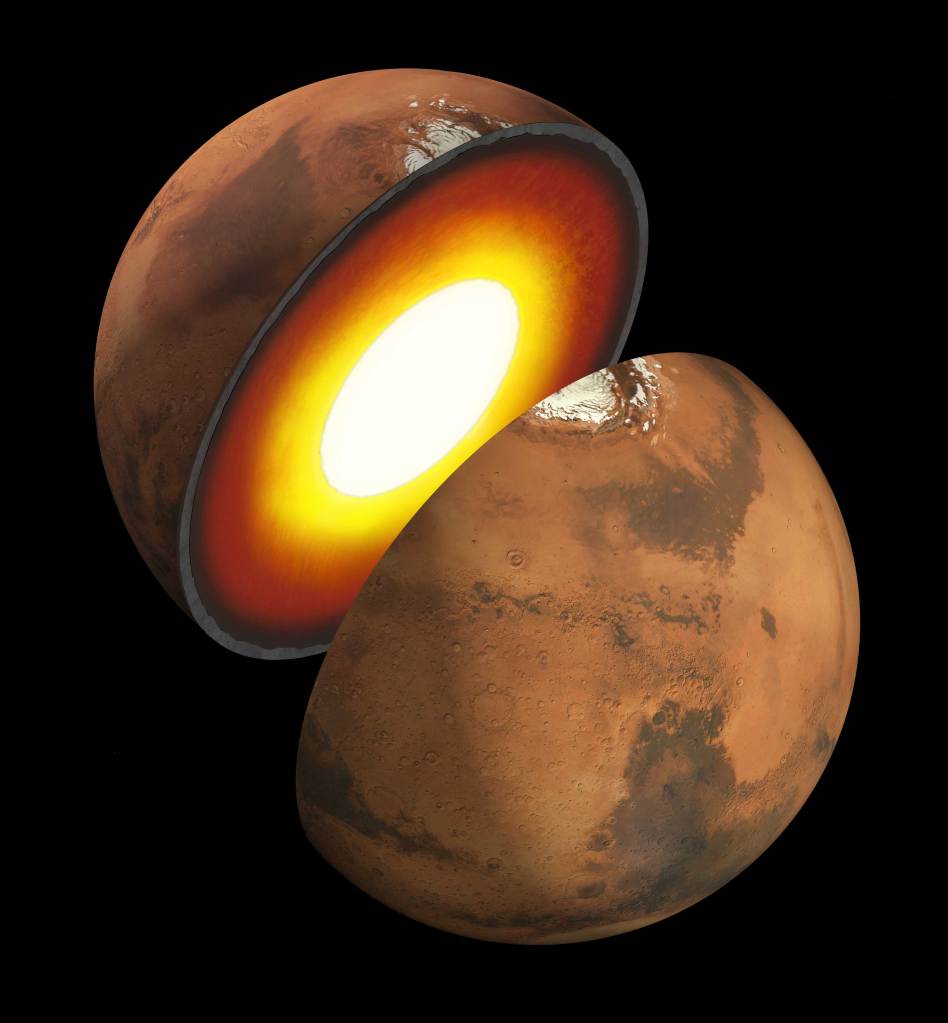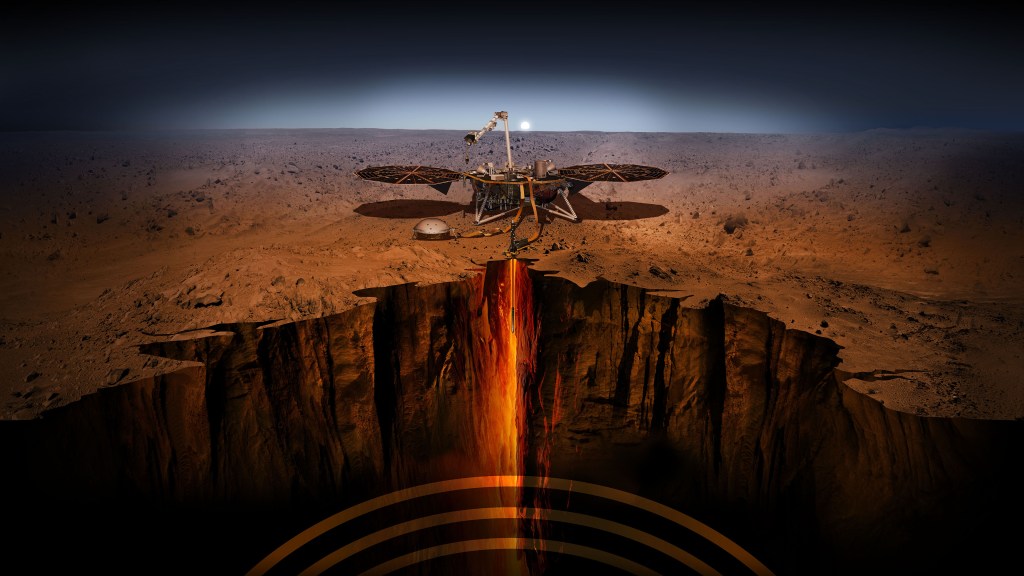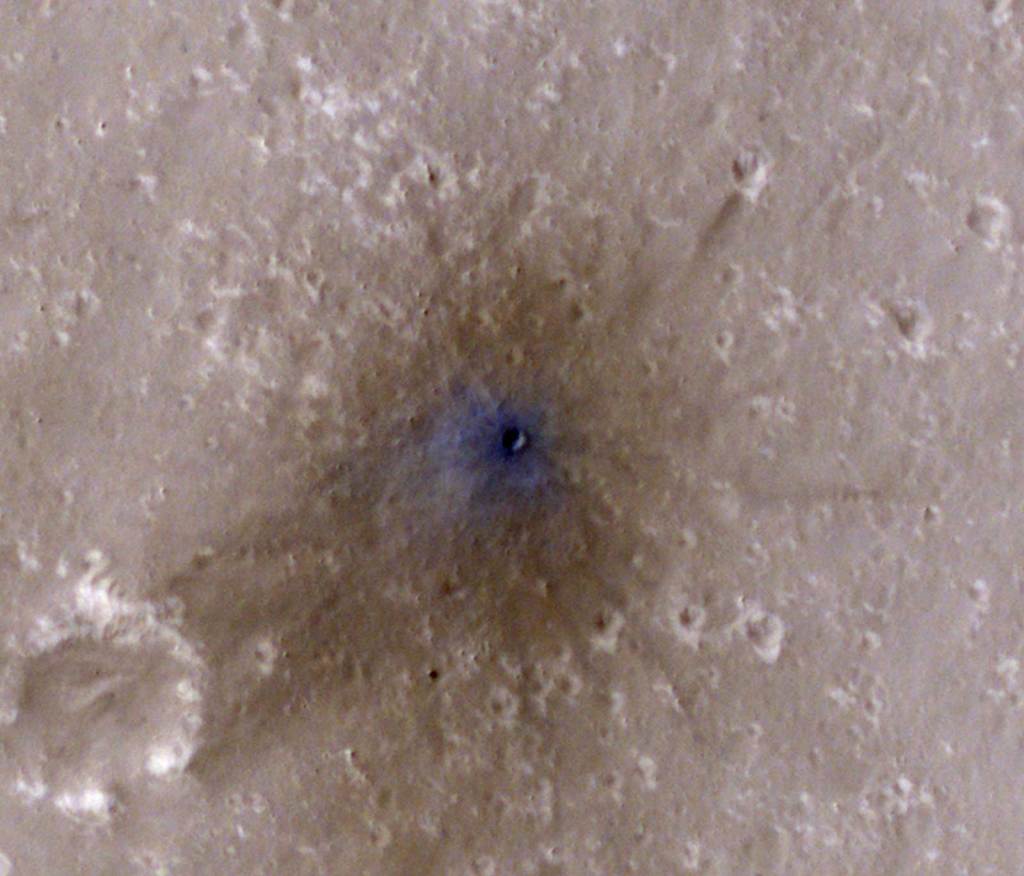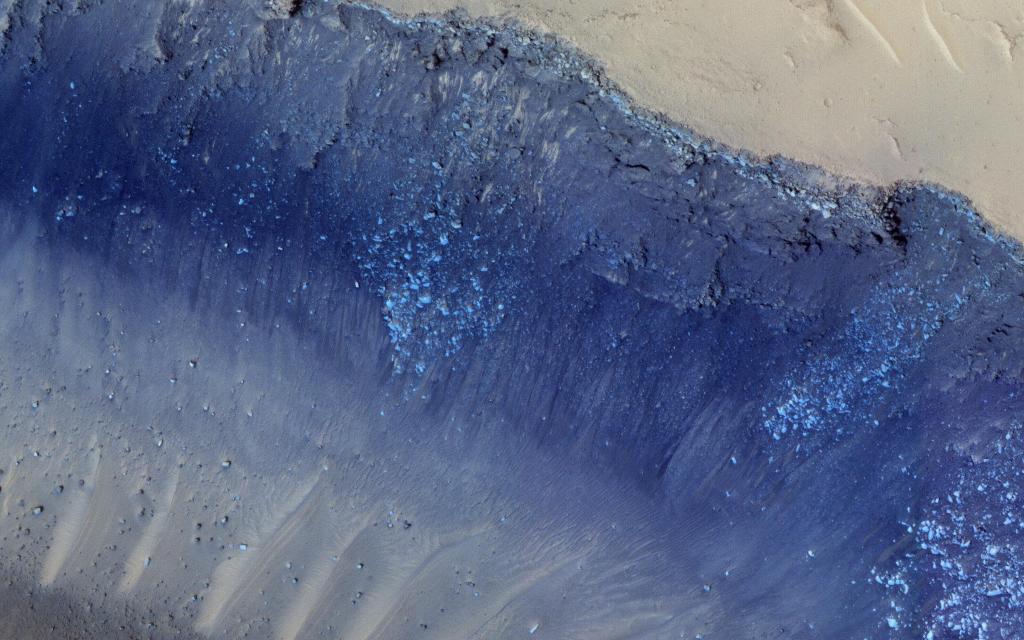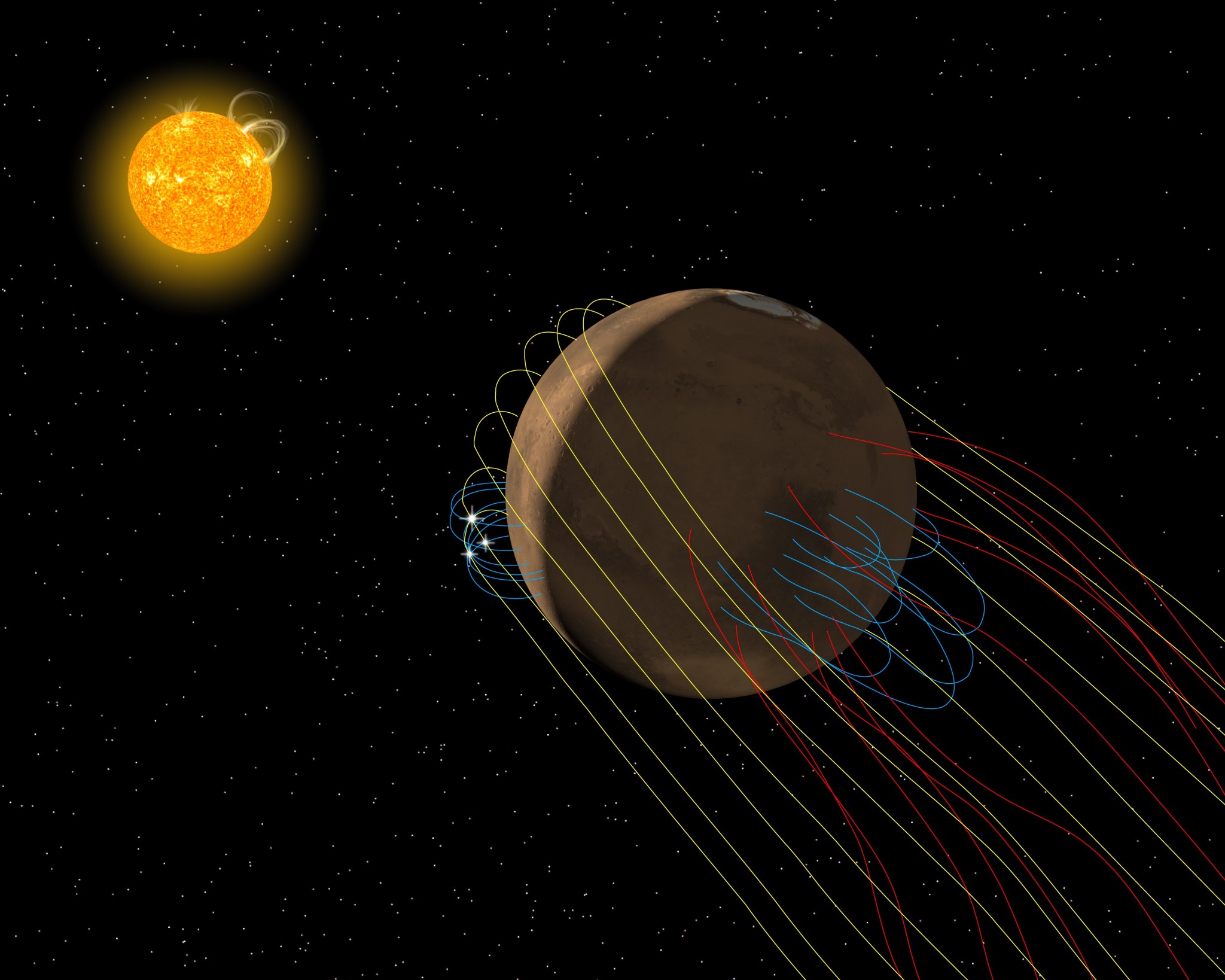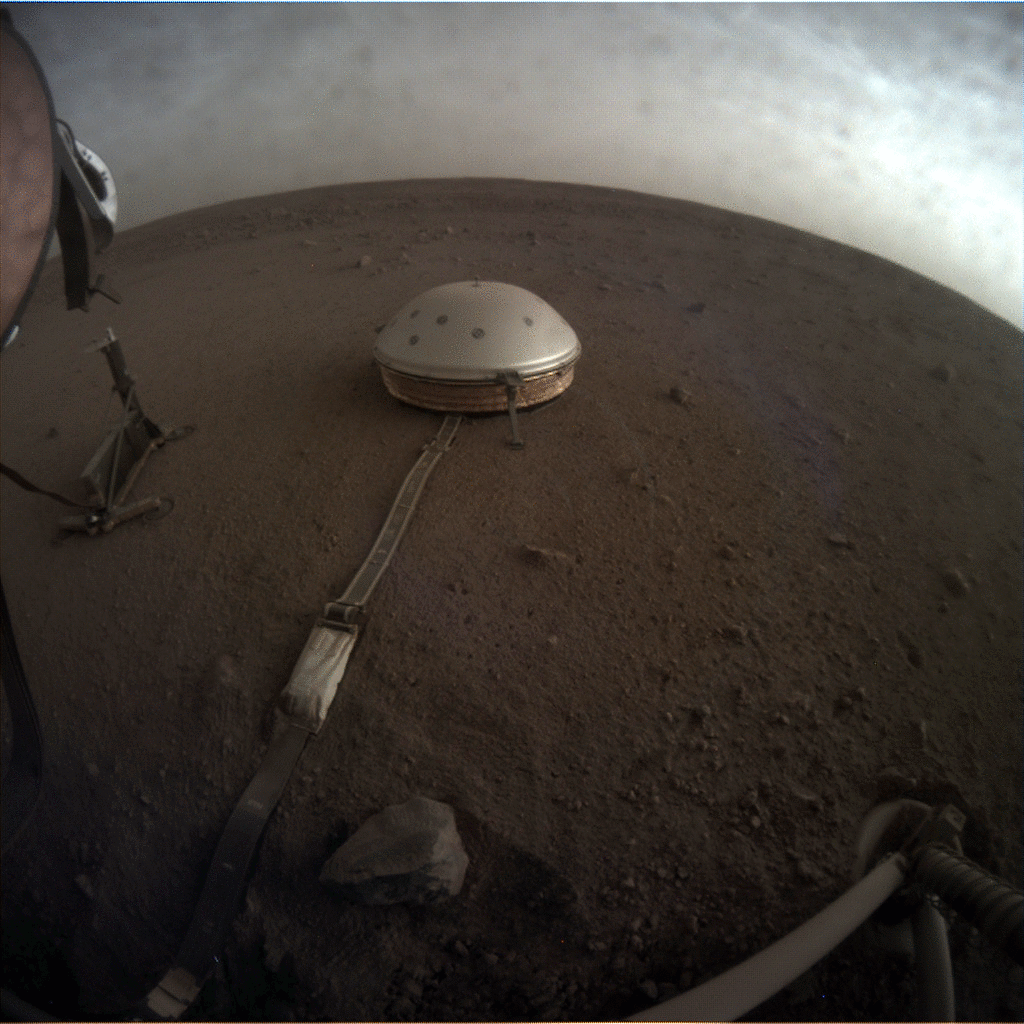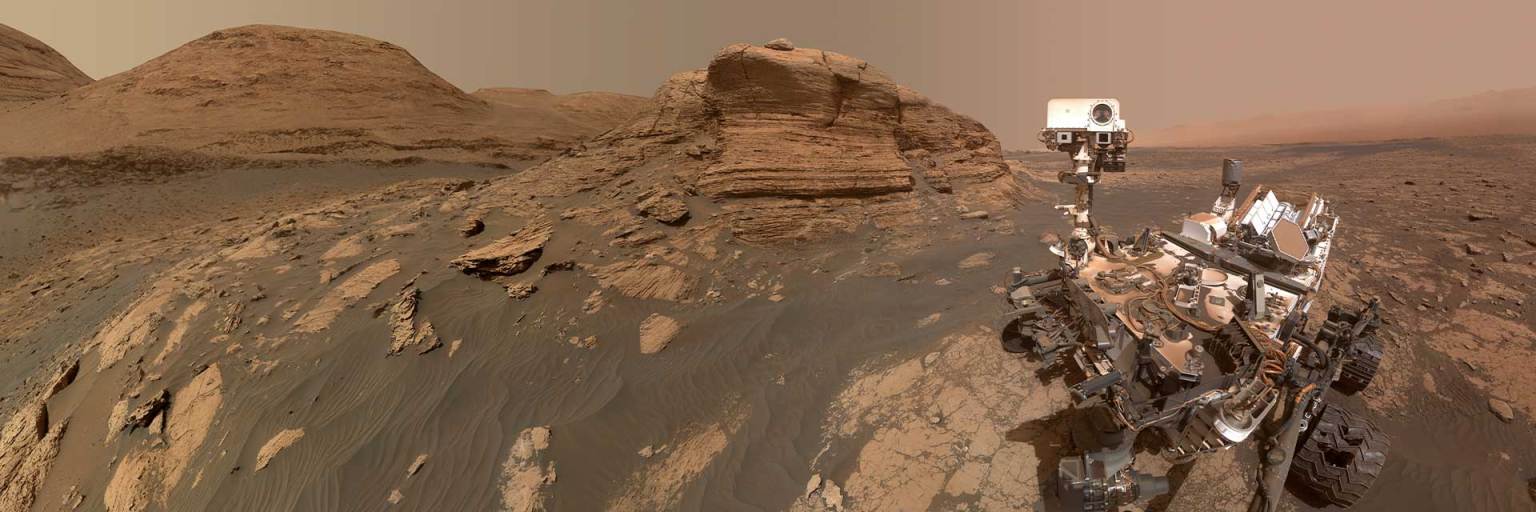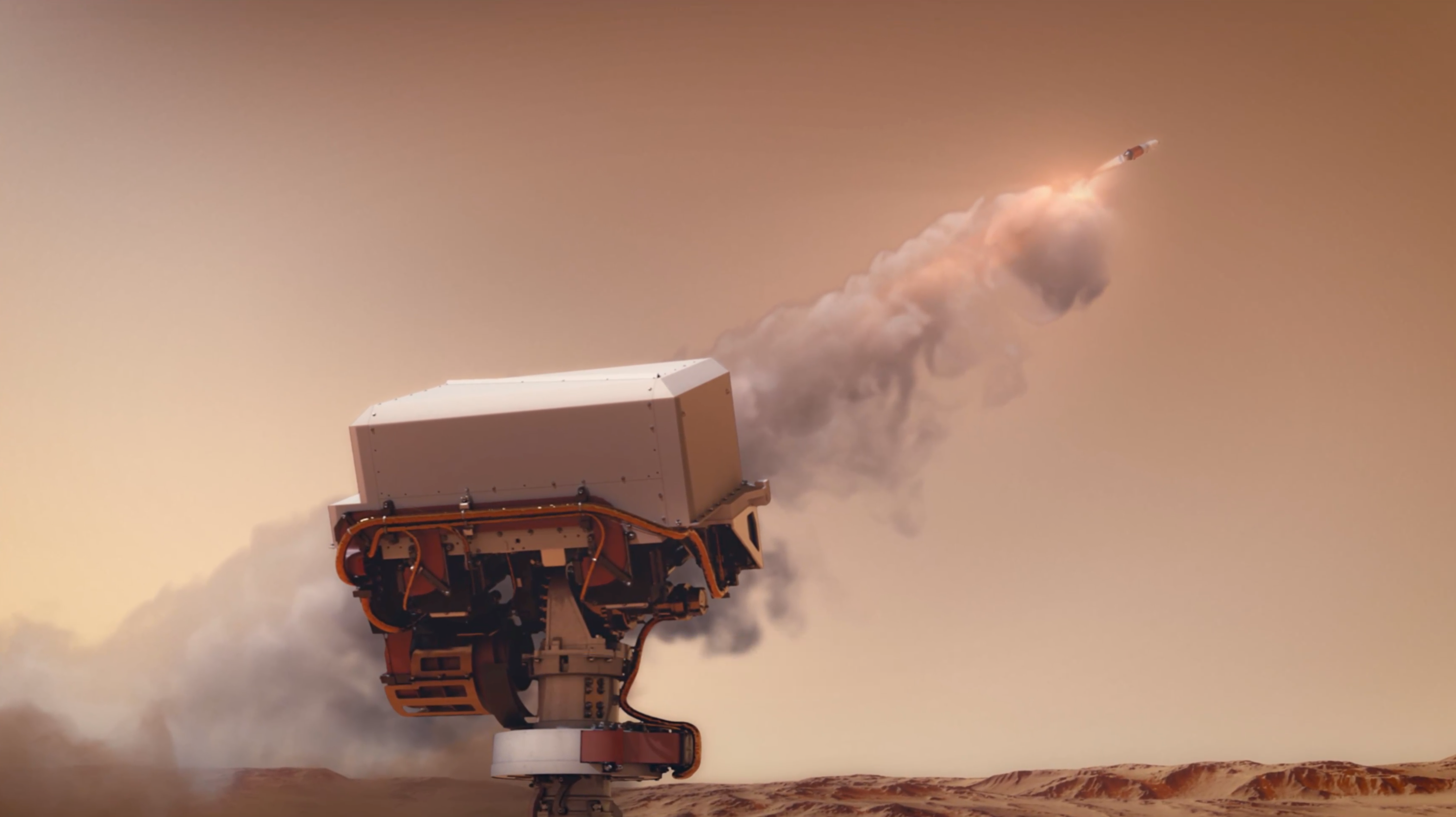Science Highlights
With four years on the Red Planet, InSight captured the ‘vital signs’ of Mars, giving the planet its first thorough checkup since it formed 4.5 billion years ago.
Quick Facts
Detected First Quake on Another Planet
InSight made the first-ever detection of quakes on the Red Planet. Its onboard seismometer measured over 1,300 seismic events, and over 50 of them had signals that were clear enough for the team to derive information about their location on Mars. The largest cluster of high-quality events came from Cerberus Fossae, a region that shows evidence of geologically recent volcanism – within the last two million years. The instrument picked up all six of the largest events of the mission since the middle of 2021. The most recent one, in May 2022, had an estimated magnitude of 5, with vibrations reverberating through the planet for at least six hours.
Shed Light on Three Mars Layers
InSight gathered new information about Mars' three major layers – crust, mantle, and core. Scientists found that the crust beneath InSight is somewhat thinner than expected – about 15 to 25 miles (25 to 40 kilometers) thick, comprising three internal layers. The crust's top layer is about 6.2 miles (10 kilometers) thick, and less dense than the lower crust. Mars' core is molten and considerably larger than expected, about 1,120 miles (about 1,800 kilometers) in radius. The lower density means that there are lighter elements mixed with the molten iron, lowering its melting point. This helps explain how Mars’ core can still be molten despite having cooled considerably since its formation.
InSight also investigated the upper mantle using seismic waves traveling through depths of about 500 miles (800 kilometers) before returning to the surface. The strong, cold outer shell, the lithosphere, is about 310 miles (500 kilometers) thick, above a relatively cool mantle, compared to Earth's mantle.
Determining the composition and structure of the layers, and how quickly heat seeps out of them, helps us better understand the geologic history of Mars’ surface, and in particular its ability over time to support life.
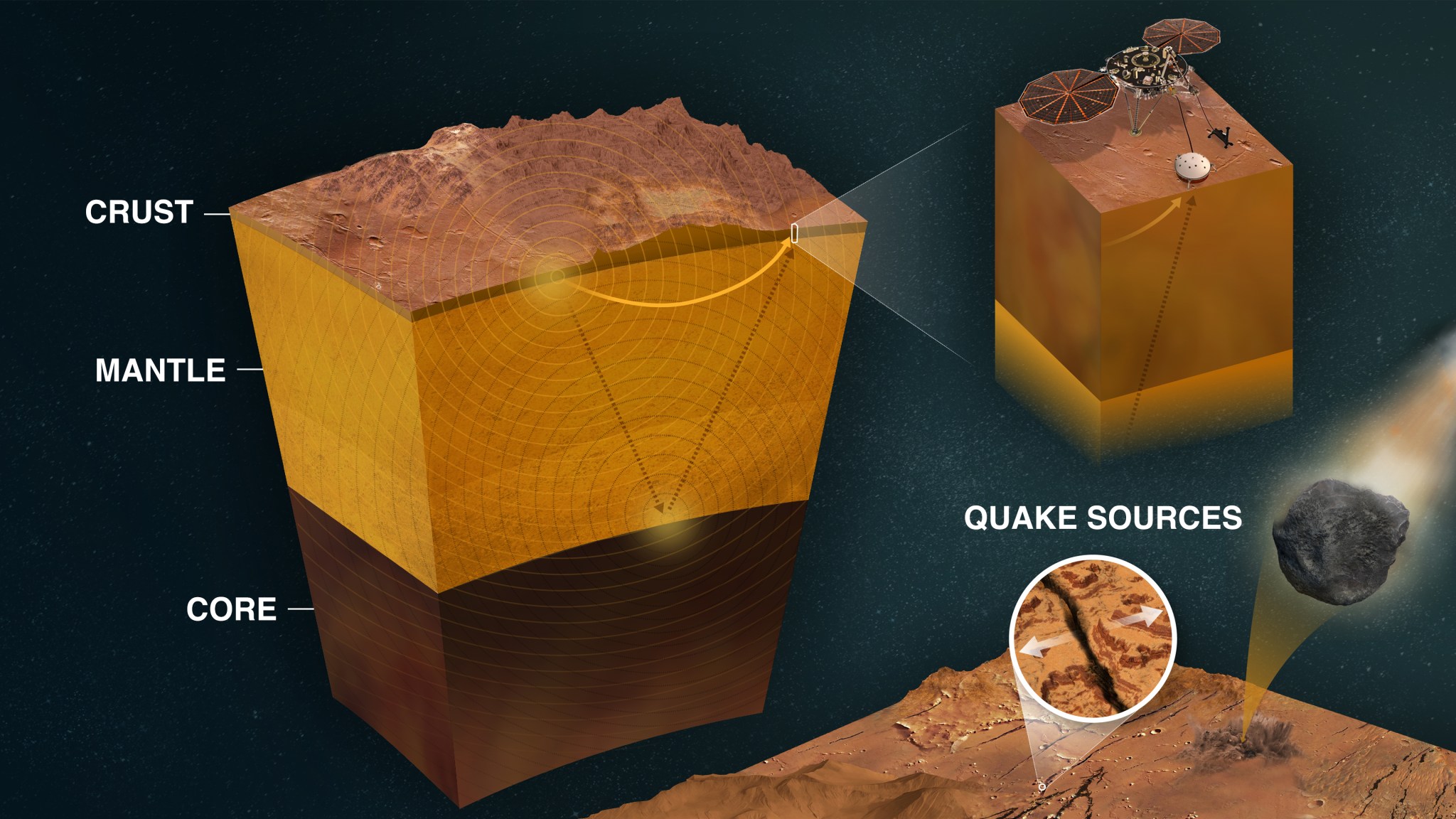
Felt Meteoroid Impacts, Leading to Icy Discovery
InSight's onboard seismometer detected a magnitude 4 marsquake in 2021 that scientists later determined to be caused by a meteoroid strike. This was one of the biggest meteoroid impacts on Mars since NASA began exploring the cosmos. The discovery became an icy bonanza when NASA's Mars Reconnaissance Orbiter found that the impact had churned up a layer of water ice buried underground. This find was closer to the Martian equator than anything discovered previously. Ice deposits in that warmer equatorial area might serve as future landing sites for astronauts to use for drinking water, agriculture, and rocket propellant. Impact information also helps scientists calculate the age of a planet.
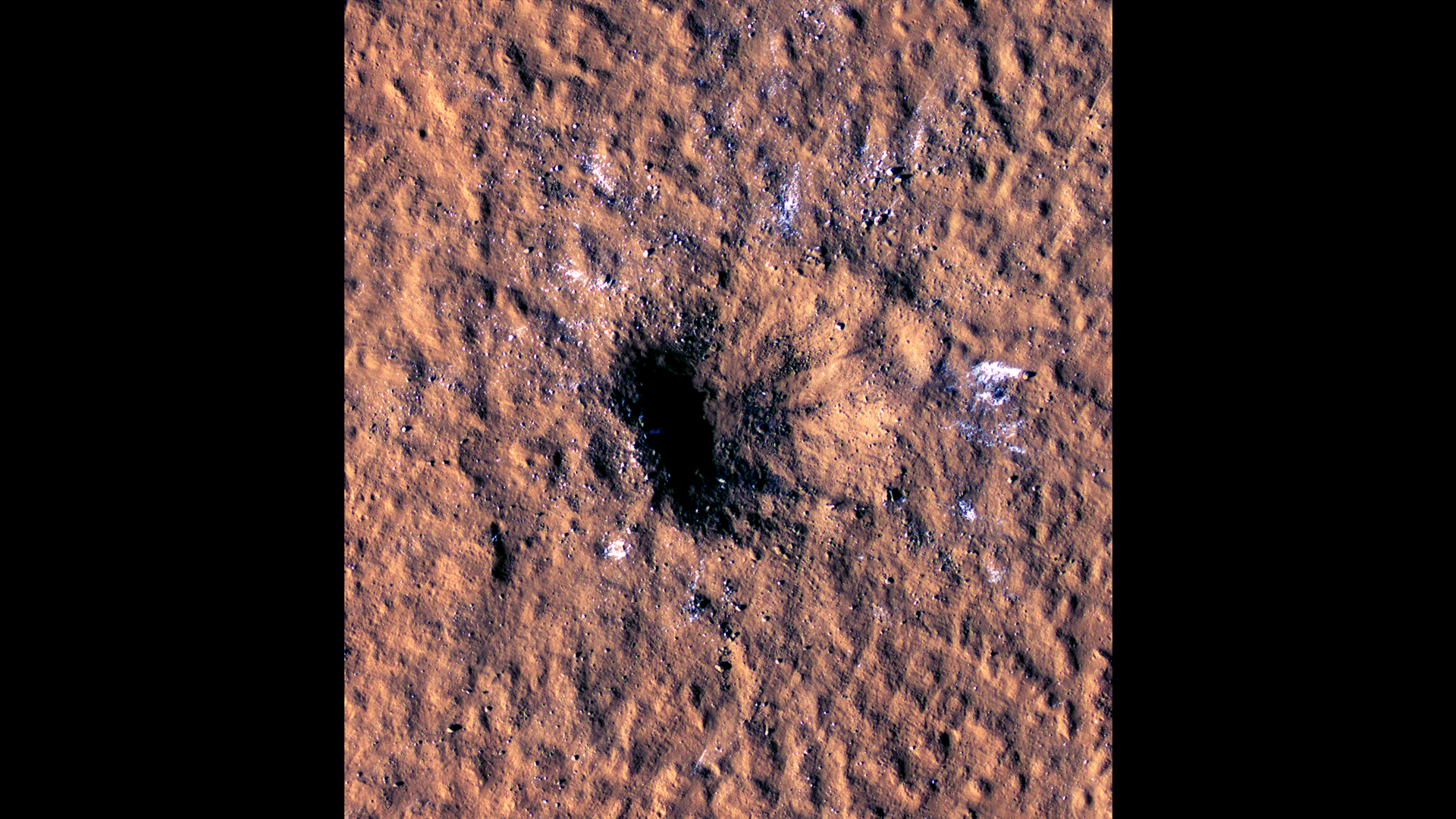
Found Magnetic 'Ghosts' from an Old Electrical Field
InSight carried the first-ever magnetometer instrument to the Martian surface, enabling it to detect magnetic signals. In its early history, Mars had electrical currents flowing inside its molten metal core as the planet cooled rapidly. That global magnetic field is gone, but it left behind ghosts: traces of this ancient field “frozen” in the crustal rocks. InSight’s magnetometer found that ancient rocks between 200 feet (61 meters) and several miles below ground are strongly magnetized. The crustal magnetization remnants are 10 times stronger than were expected based on measurements by orbiting spacecraft. In addition, scientists are intrigued by magnetic signals that vary from day to night and tend to pulse around midnight. One possibility: they're related to the solar wind's interaction with the Martian atmosphere.
Studied Dust Devils and Other Atmosphere and Weather Data
InSight collected the most comprehensive weather data of any mission sent to the surface of Mars. Its sensors detected thousands of passing dust devils, but the spacecraft's cameras did not seen any of them. Instead, the spacecraft’s pressure sensor recorded pressure dips from the “eyes” of these whirlwinds, and the seismometer was able to feel the surface tilt as they tugged on the surface, like a giant vacuum cleaner.
In addition to sensing winds, InSight observed such atmospheric features as weather fronts, dust storms, turbulence, infrasound, and bore waves, providing a much more complete look at the planet's sometimes surprising phenomena.

























